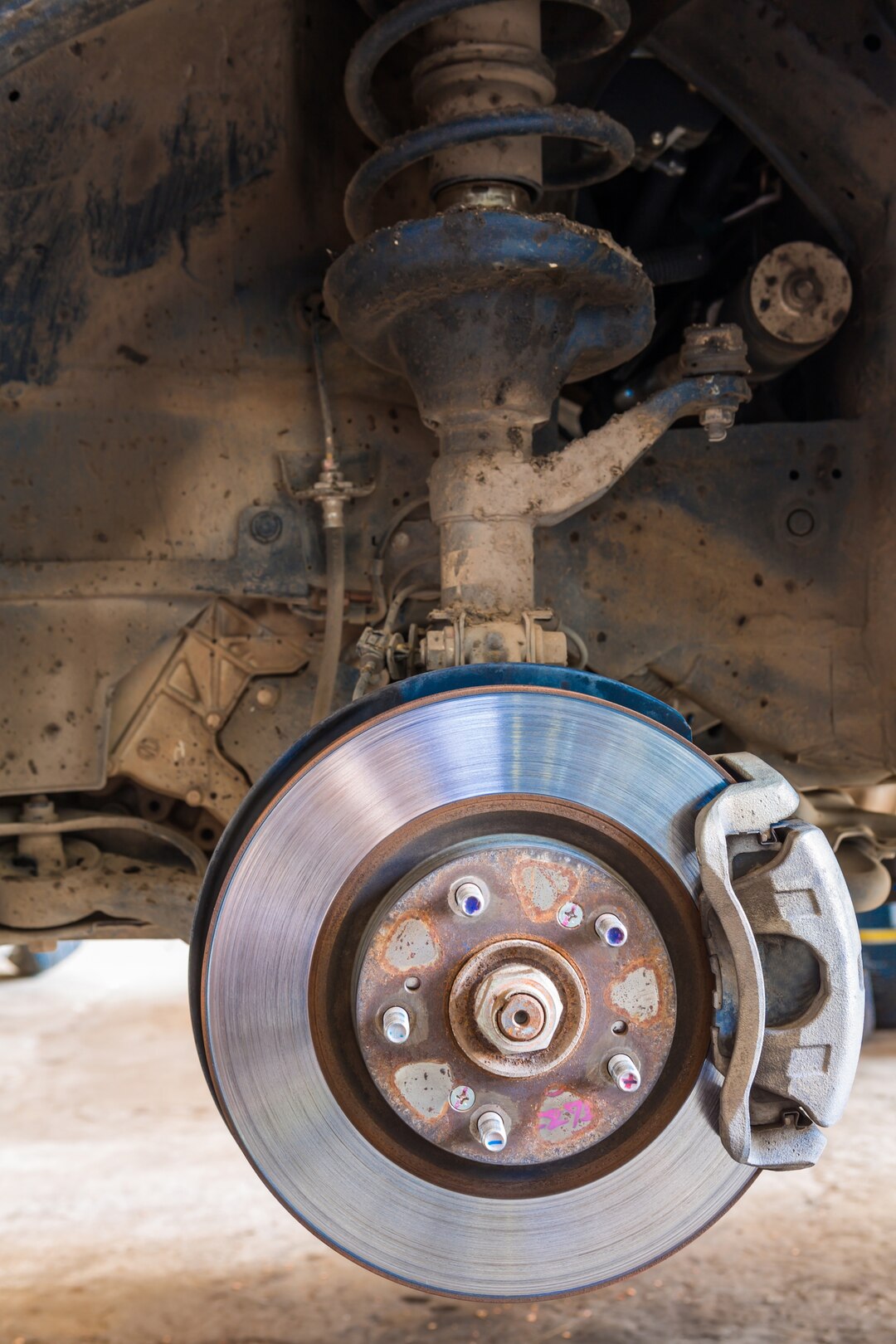Brake calipers are a vital component of a vehicle’s braking system, responsible for applying pressure to the brake pads against the brake rotors, resulting in the vehicle’s deceleration and eventual stopping. While their primary function remains the same across different types, brake calipers come in various designs and configurations, each offering unique characteristics and performance benefits. Understanding the different types of brake calipers available can help you make informed decisions when it comes to maintaining or upgrading your car’s braking system. Here’s an in-depth exploration of the various types of car brake calipers:
- Fixed Calipers:
Fixed calipers, also known as opposed piston calipers, feature pistons arranged on both sides of the brake rotor, providing more even pressure distribution and improved braking performance. Fixed calipers are often found in high-performance and sports cars due to their superior stopping power and precision. - Floating Calipers:
Floating calipers, also referred to as sliding calipers, utilize a single piston located on one side of the brake rotor. The caliper housing slides laterally to apply pressure to the inner brake pad, while the outer pad is pushed against the rotor by hydraulic pressure. Floating calipers are commonly found in passenger vehicles and offer a simpler and more cost-effective design compared to fixed calipers. - Mono-Block Calipers:
Mono-block calipers are machined from a single piece of aluminum or other lightweight materials, resulting in a rigid and lightweight design that enhances brake performance and responsiveness. Mono-block calipers offer superior stiffness and heat dissipation compared to traditional two-piece calipers, making them ideal for high-performance and racing applications. - Two-Piece Calipers:
Two-piece calipers consist of a separate caliper body and bridge, typically made from aluminum alloy. This modular design allows for easier maintenance and brake pad replacement while providing excellent stiffness and performance. Two-piece calipers are commonly found in aftermarket brake kits and high-performance vehicles. - Aluminum Calipers:
Aluminum calipers are lightweight and offer excellent heat dissipation properties, making them ideal for high-performance applications where weight reduction and thermal management are critical. Aluminum calipers are often found in sports cars, luxury vehicles, and aftermarket brake upgrades. - Steel Calipers:
Steel calipers are more commonly found in entry-level and budget-friendly vehicles due to their lower cost and durability. While not as lightweight as aluminum calipers, steel calipers provide adequate braking performance and reliability for everyday driving conditions. - Cast Iron Calipers:
Cast iron calipers are known for their durability and resistance to heat and wear. They are commonly found in heavy-duty vehicles, trucks, and commercial applications where reliability and longevity are paramount. Cast iron calipers offer robust braking performance and are less prone to flexing under heavy loads. - Electric Calipers:
Electric calipers utilize an electric motor to apply pressure to the brake pads, eliminating the need for hydraulic fluid and traditional brake lines. Electric calipers offer precise control and modulation, making them ideal for hybrid and electric vehicles where regenerative braking is utilized. - Brembo Calipers:
Brembo is a renowned manufacturer of high-performance brake systems, including calipers used in sports cars, luxury vehicles, and racing applications. Brembo calipers are known for their superior craftsmanship, precision engineering, and exceptional braking performance. - Four-Piston Calipers:
Four-piston calipers feature two pistons on each side of the brake rotor, providing balanced pressure distribution and improved brake pedal feel. Four-piston calipers offer enhanced stopping power and heat dissipation compared to two-piston calipers, making them popular for performance driving and track use.
When selecting brake calipers for your vehicle, it’s essential to consider factors such as driving habits, vehicle usage, and budget. Whether you’re looking for improved braking performance, lightweight construction, or durability, there’s a wide range of brake calipers available to suit your needs and preferences. By understanding the different types of car brake calipers and their respective advantages, you can make informed decisions when it comes to upgrading or maintaining your vehicle’s braking system.











